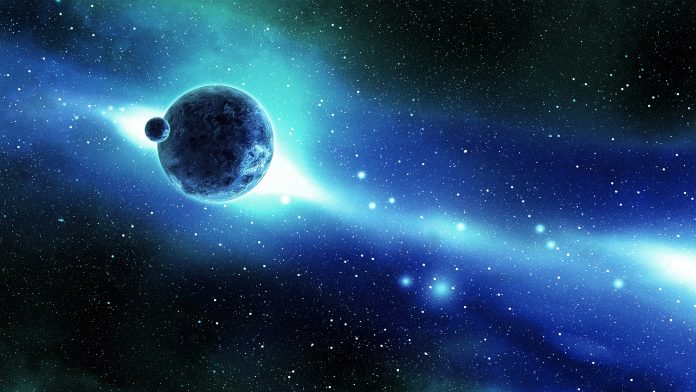Astrophysicists are now proposing an innovative approach to help maintain consistency when measuring universe expansion rates
In recent years, astronomy has encountered a challenge. While it is well-established that the Universe is expanding, and we have a general idea of its rate of expansion, there is a discrepancy between the two main methods used to measure this expansion.
However, astrophysicists are now proposing an innovative approach that could potentially alleviate this conflict and help maintain consistency across the methods.
Our understanding of this phenomenon dates back to the pioneering work of astronomers like Edwin Hubble. Astronomers measured the velocities of galaxies in their vicinity and discovered that galaxies throughout the Universe are drifting apart due to this ongoing expansion, causing them to recede from each other.
Galaxies throughout the Universe are drifting apart
The rate at which two galaxies move apart is directly proportional to the distance between them, and this rate of expansion is a crucial parameter in contemporary cosmology.
This pivotal value is called the “Hubble constant,” it plays a central role in various equations and models used to describe the Universe and its components.
To gain a comprehensive understanding of the Universe, it is imperative to determine the Hubble constant precision. Multiple distinct methods are available for measuring it, and these methods, although independent of each other, submit nearly consistent results.
Measuring galaxies distance
The most intuitively accessible method of mirrors is the one employed by Edwin Hubble and his fellow astronomers a century ago. It involves identifying a cluster of galaxies and then precisely calculating their distances and velocities.
This is achieved by observing galaxies containing exploding stars known as supernovae.
This approach is complemented by another, which scrutinises irregularities in the cosmic background radiation, a form of ancient light originating shortly after the Big Bang.
The supernova and background radiation methods consistently produced slightly different results. Initially, these disparities could be attributed to the uncertainties inherent in any measurement, and a few years ago, these uncertainties were significant enough to account for the differences.
However, as measurement techniques have advanced, the associated uncertainties have considerably decreased. We have now reached a juncture where we can move forward with a degree of certainty that both methods cannot be simultaneously accurate.
The Hubble Trouble
The core of the “Hubble trouble,” whether it involves unidentified factors systematically skewing one of the outcomes or potentially indicating uncharted realms of physics waiting to be unveiled, currently stands as one of the most carefully discussed subjects in astronomy.
The Universe’s expansion rate is about 20 km/s per million light-years. This means that a galaxy located 100 million light-years away moves away from us at 2,000 km/s, while a galaxy 200 million light-years away moves at 4,000 km/s.
Using supernovae for measurements gives a value of 22.7 ± 0.4 km/s, and analysing background radiation reveals 20.7 ± 0.2 km/s.
Recent studies: Uncovering universe expansion
In a recent study, Albert Sneppen, a PhD in astrophysics at the Cosmic Dawn center in Copenhagen, presents a novel distance-measuring method aimed at helping resolve the ongoing dispute in cosmology.
“When two ultra-compact neutron stars — which in themselves are the remnants of supernovae — orbit each other and ultimately merge, they go off in a new explosion, a so-called kilonova,” Albert Sneppen explains. “We recently demonstrated how this explosion is remarkably symmetric, and it turns out that this symmetry not only is beautiful, but also incredibly useful.”
We recently demonstrated how this explosion is remarkably symmetric, and it turns out that this symmetry not only is beautiful, but also incredibly useful
Darach Watson is an associate professor at the Cosmic Dawn center and a co-author of the study. He explains: “Supernovae, which until now have been used to measure the distances of galaxies, don’t always emit the same amount of light.”
“Moreover, they first require us to calibrate the distance using another type of star, the so-called Cepheids, which in turn also must be calibrated. With kilonovae we can circumvent these complications that introduce uncertainties in the measurements.”
When the team applied this method to a kilonova identified in 2017, the outcome aligned the Hubble constant closely with the background radiation method. However, the researchers are cautious and still need to prove that the method definitively resolves the Hubble trouble.











